New Study Reveals It’s More Important to Have a MetroCard Than a College Degree in NYC
Find out the startling figures here
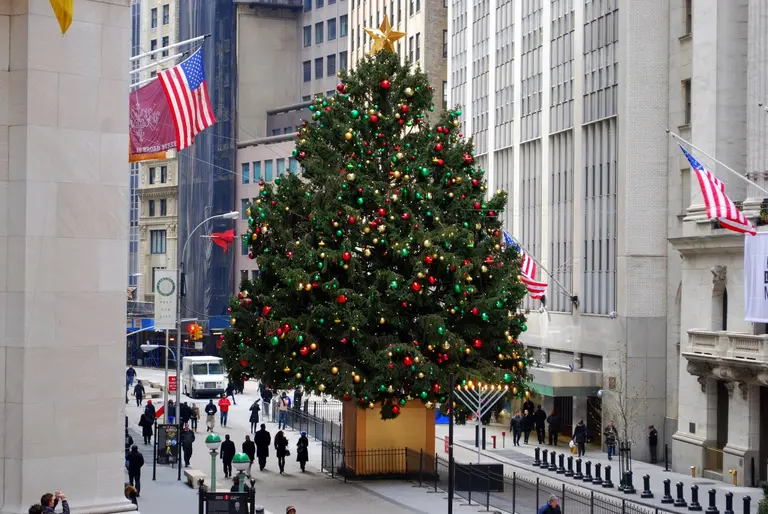
New York Stock Exchange Christmas tree via Mille Fiori Favoriti
You’ve seen the steampunk marketing theme for 15 Renwick, but what if NYC got a real steampunk condo. Here’s how the Victorian building could be brought into the 21st century. [Treehugger] This crystalline 3D map showcases the peaks and valleys of sound waves from famous NYC songs. [The Creators Project] The stories behind five of […]
Hudson Yards Observation Deck Will Offer a Death-Defying Way to Experience City Views Roman and Williams-Designed Brooklyn Brownstone Is an Eclectic Mix of Curiosities ThyssenKrupp’s New Elevator Could Revolutionize Skyscraper Design with Its Horizontal Capabilities Zaha Hadid Wants to Change Billboard Advertising with Her Signature Curves REVEALED: New Renderings for Christian de Portzamparc’s Riverside Center […]
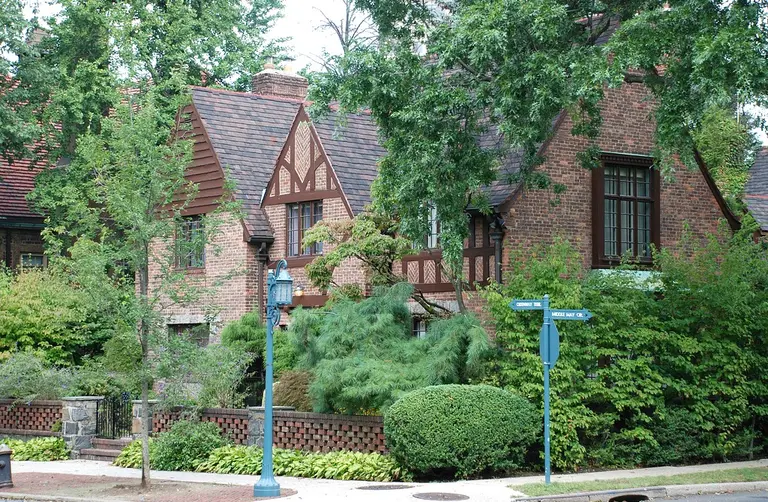
Forest Hills Gardens via Joe Shlabotnik via photopin cc
Kayu Connection asks 45 experts to weigh in on the best home improvements to increase the value of one’s home. Feline enthusiasts, get your cat leashes out. Meow Parlour, NYC’s first permanent cat café, is opening next month on the Lower East Side. Eater has all you need to know. The Bronx Brewery is finally making […]
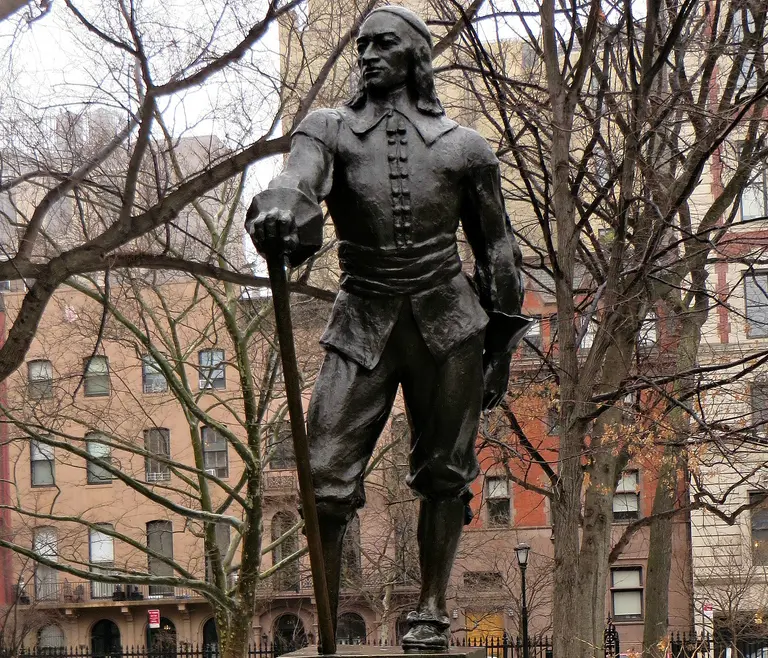
Monument to Peter Stuyvesant in Stuyvesant Square via edenpictures via photopin
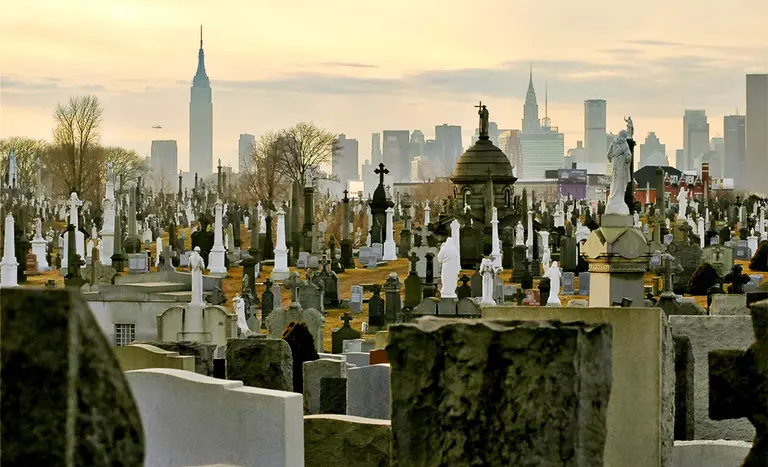
Photo via Plowboylifestyle/CC
We take a look at the fast-changing Brooklyn neighborhood Bed-Stuy–From Harlem and hip-hop to hipsters, Hassids and high rents. Clive Wilkinson’s 4,400-square-foot “superdesk” winds it way through the Chelsea offices of the Barbarian Group, taking the idea of a collaborative and open work environment to a whole new level. A History of New York in 101 […]
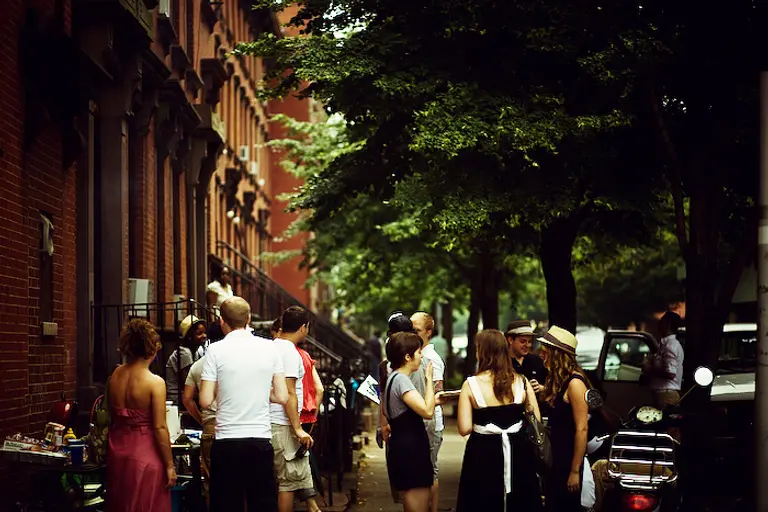
Photo by brandon king cc
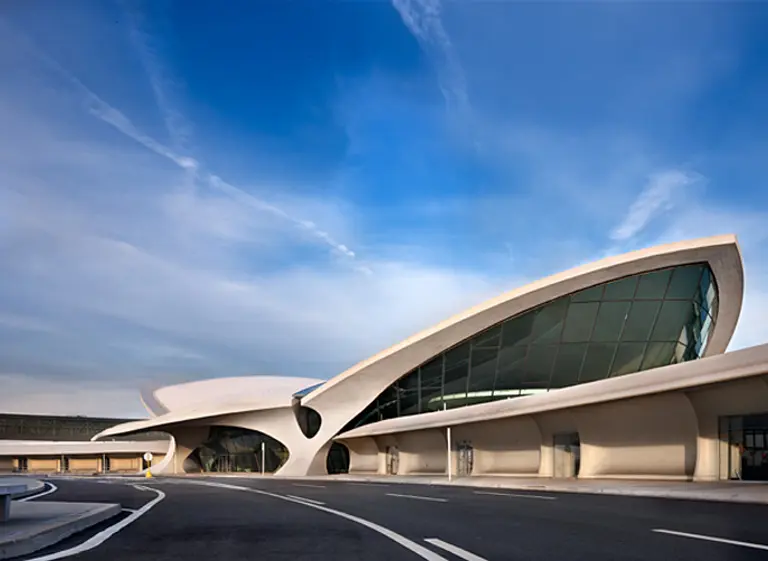
Photo courtesy of Beyer Blinder Belle